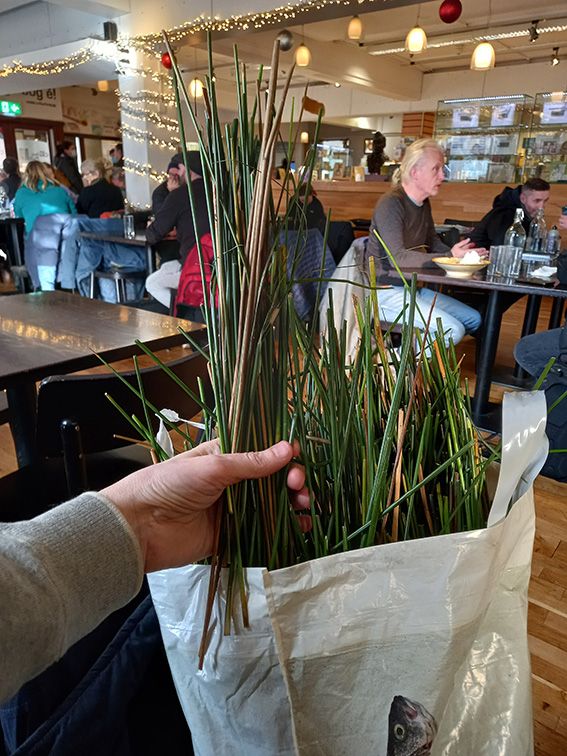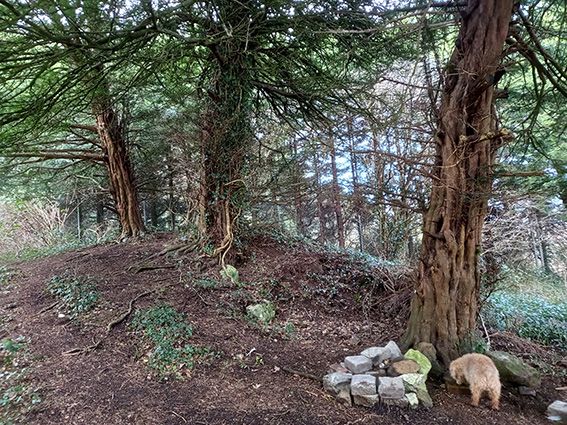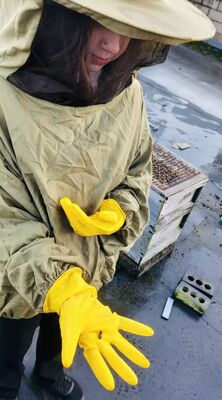WE called it Paradise, because that’s what it seemed like to us youngsters. As soon as you crossed the Glen Road and entered the gates at Airfield House – the Christian Brothers’ mansion below St Mary’s school – it was like crossing the threshold to a new world.
It was teeming with birds. They literally nested in every hedge and it was a haven for them like no other Dúlra has seen before or after. Even though the Black Mountain loomed large just behind it, the couple of acres of land around Airfield House were a class apart. It was a mini-oasis with a mixture of smashing habitats – towering fir and mature cedar of Lebanon trees were spaced out enough to let light reach the ground below where plants flourished.
You just had to poke your head into a bush and you’d find a nest. Scores of greenfinches and chaffinches nested in the uncut laurel which lined the railings at the Glen Road, goldcrests and siskins bred in the treetops; there were song thrushes, bullfinches, blackcaps and pied flycatchers aplenty.
Its demise, like so many other of our prized natural habits, was sudden. The mansion was abandoned as the Brothers declined in numbers. With a heavy heart, Dúlra went along to the auction of their former home’s contents in the Brothers’ old front room, half-hoping he’d pick up a tiny memento.
But the auctioneer rattled through the items which had been packaged up into big lots at breathtaking speed: wooden wardrobes and sets of drawers. vast mounds of silver cutlery going for a song. The bidding was swift and little sentiment was shown. In no time, everything was gone.
It was a sad occasion for Dúlra because knew what the sale ultimately represented: Paradise was lost.
He left the crowd for one final dander through the old house. Room after room had been stripped bare for the sale. Then he noticed that in one of the Brothers’ cell-like bedrooms, an object had been overlooked. A small wooden cross of Christ on the crucifix was still hanging on the wall.
Dúlra lifted it from its hinge. About a foot in length and very light, it was certainly no treasure. A sticker on the back read ‘Made in Italy’ – perhaps bought on one of the Brothers’ pilgrimages to Rome. Dúlra considered taking it to the auctioneer and asking if it was for sale, but there was no point – it would be destined for the skip. It might be worthless, but for Dúlra, its sentimental value was incalculable as a relic of Airfield House and Paradise.
And so he slipped it under his coat and left.
He knew that God wouldn’t hold it against him. Because he gave the crucifix a good home – it’s looking down on him right now as he types this article, still on the wall after 20 years.
Inevitably, after everything had been sold, an abandoned Airfield House – built at the turn of the last century for the owner of the brewery next door – caught fire and was destroyed.
It would have to be knocked down. As Joni Mitchell sang in Big Yellow Taxi, they paved paradise and put up a parking lot – or in our case, houses.
Those memories flooded back to Dúlra this week when he visited the grounds of the former St Clement’s Retreat House on Cave Hill behind St Gerard’s church on the Antrim Road. Planning permission has been granted for up to 64 homes on the 11-acre site, which has been put on the market for £4 million.
It’s nowhere near as nature-rich an environment as the old Paradise – much of it is concrete foundations where St Clement’s used to stand. But there is one feature of this unique site which Dúlra hopes will be preserved – the glorious yew trees around the perimeter of the development.
These trees would be a living reminder of the site’s former life – evergreen yews have deeply religious associations and are often found at churches and graveyards. These ones may have been planted to mark out the 14 concrete stations of the cross, which, amazingly, were outdoor, circling the retreat.
Yews are a special tree. Our slowest growing, they can take many decades – perhaps more than a century – to get to this size.
Dúlra doesn’t know if they are Irish yews – the iúr which gave its name to many of our towns, including Newry. The Irish yew is itself a tragic example of human exploitation.
Like the last white rhino which until his death in 2015 had no mate to breed with, the Irish yew was annihilated during the colonisation of Ireland. It was thought extinct until a single tree was found on a mountain in Fermanagh around 1760.
That tree was female – no male was ever found. So all Irish yews that exist today are a cutting from that sole tree, meaning that they too are all female. The destruction of the ancient Irish forests was so extensive that the Irish yew will never again germinate naturally.
There are very few mature yew trees on our hills and you can be sure their thick foliage is a favourite of special birds like long-eared owls and jays. Birds that would surely enrich any new housing development.

• Dúlra wants to thank the Cultúrlann for giving him some Bog Meadows rushes on St Brigid’s Day – leftovers from the 60 pupils from Gaelscoil na bhFál who spent the morning there making our patron saint’s crosses. Dúlra hasn’t quite mastered the art yet – but it’s still great to know that we can source these rushes in the heart of West Belfast.
If you’ve seen or photographed anything interesting, or have any nature questions, you can text Dúlra on 07801 414804.







